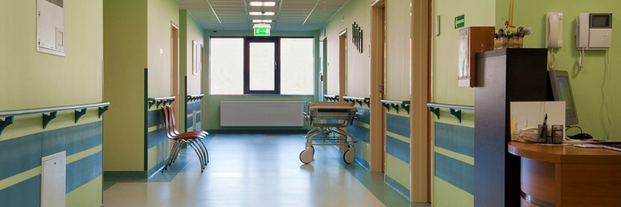
Statistics on the number of drug-related hospital admissions in 2017/18 have been published by the Information Services Division.
According to the report, 7,986 people were admitted to hospital for drug-related reasons during the period; with 10,509 drug-related acute stays accounted for overall – the highest figures since records began.
There are also concerns over an increase in young people requiring hospitalisation for drug-related issues.
The report describes the number of drug-related hospital stays, the number and characteristics of patients admitted to hospital, the substances involved and the geographical variations within Scotland.
Over the past 20 years, there has been a fourfold increase in the rate of drug-related general acute hospital stays (from 51 to 199 stays per 100,000 population), with a sharper increase observed in recent years.
Stays among individuals aged 35 and over increased over the past 20 years. Individuals aged 35-44 years were most common among drug-related patients in general acute and/or psychiatric hospitals. Drug-related general acute patient rates for this group increased more than tenfold from 37 to 399 patients per 100,000 population between 1996/97 and 2017/18.
In 2017/18, 58% of drug-related general acute hospital stays were due to opioids (drugs similar to heroin) while 51% of drug-related psychiatric hospital stays were associated with ‘multiple/other’ drugs (including hallucinogens, volatile solvents, multiple drug use and use of other psychoactive substances (e.g. ecstasy)).
Findings indicate an emerging trend of increasing drug-related patient rates among individuals aged 15-24 years.
Since peaking in 1999/00 (276 patients per 100,000 population), drug-related general acute/psychiatric patient rates for 15-24 year olds decreased consistently to 126 in 2012/13, but have since increased to 190 in 2017/18.
The figures also show a marked change in the drug using behaviour of young people, which has led to an increase in the number of people requiring hospitalised support.
Opioid-related patient rates among 15-24 year olds decreased more than fivefold from 129 patients per 100,000 population in 2002/03 to 24 in 2017/18. Cannabinoids increased from 30 patients per 100,000 population (2012/13) to 53 (2017/18). Cocaine increased from 24 patients per 100,000 population (2012/13) to 49 (2017/18).
Increases in patient rates for 15-24 year olds for a shorter duration of time were also evident in sedatives/hypnotics, which were approximately stable from 13 patients per 100,000 population (2012/13) to 13 (2016/17), then increasing to 22 (2017/18).
Responding to the release of the figures, David Liddell, Scottish Drugs Forum’s CEO, said:
“These figures are of great concern. It highlights very clearly the need for greater and targeted interventions with this population both within the hospital setting and in the community, which can reduce unplanned hospital admissions. This will save the NHS resources and deliver a better service to people with a drug problem.
“There are examples of good practice across Scotland, where drug and alcohol nurse liaison posts are situated within hospitals. These posts aim to assist people in getting appropriate care while in hospital and help link people up with appropriate community based services.
“In addition to the older population there is a worrying trend in increasing admission rates for general acute/psychiatric patients aged 15-24 years. This is linked to cocaine and also the use of cannabiniods.“
